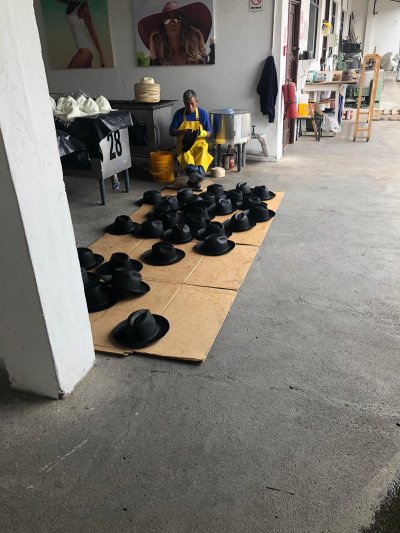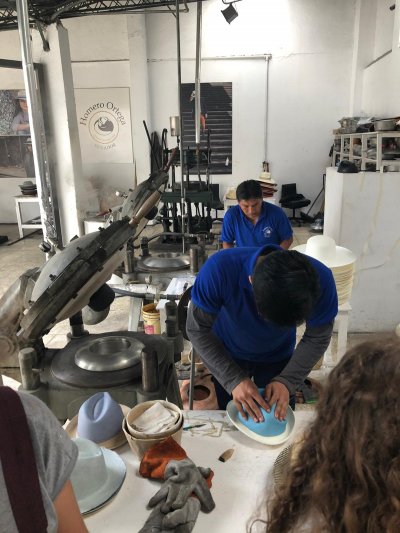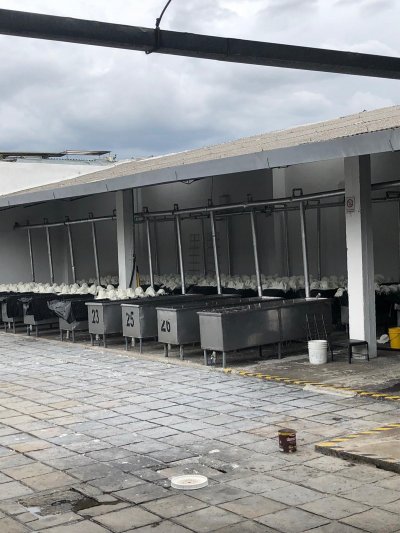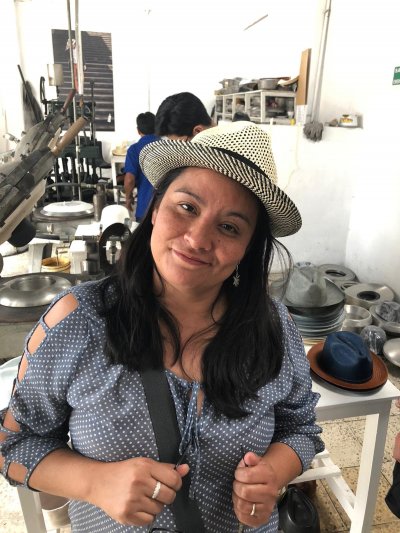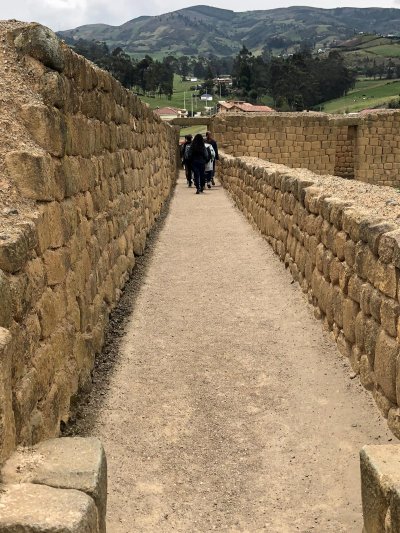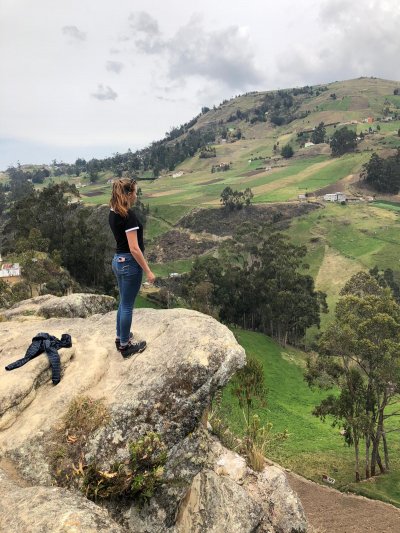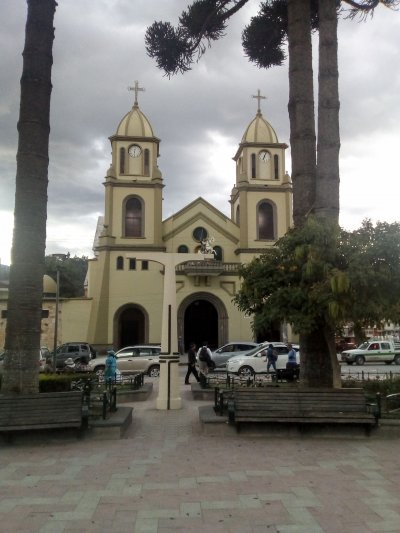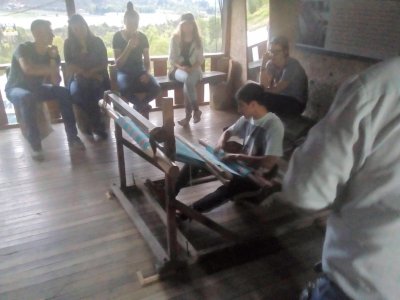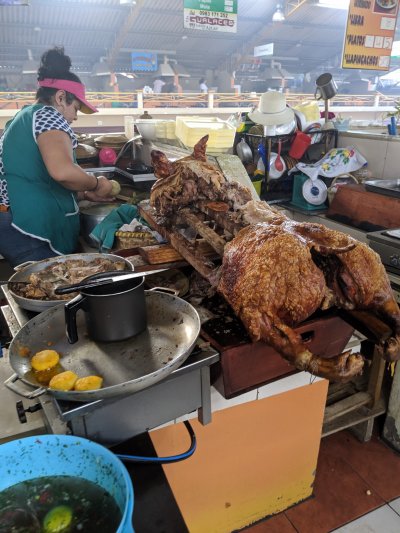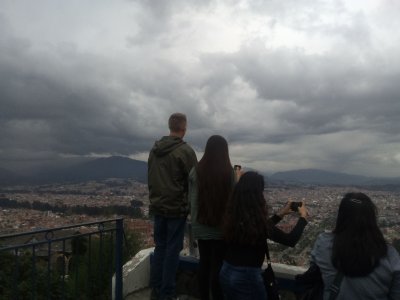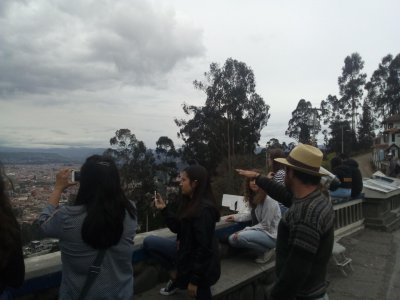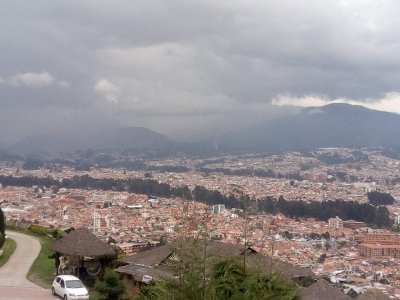Cuenca Artisans, Inca History, and the Long Road Home
This 5th week of Ecuador SST marked our final big trip of the study portion to the former Inca and Spanish capital of Cuenca, Ecuador’s 3rd largest city. Cuenca is a devout catholic city, a tradition which traces back to its Spanish colonial roots. The city contains an incredible number of Catholic churches including the largest church in South America, the Cathedral of the Immaculate Conception. Before the Spanish designated Cuenca as their Colonial Capital, the Inca Empire had established its Ecuadorian Capital city in Cuenca and built its sacred temple of the Sun north of Cuenca in a spot known as Ingapirca.
Prior to Inca and Spanish conquest of the southern provinces of Ecuador where Cuenca is located, the most dominant Indigenous group in the region were the Cañari. The Incas faced such fierce resistance from the Cañari that they finally engaged a non-military strategy of intermarriage which eventually led to their successful conquest of the region. Even after the Inca had seized control, they still blended Cañari elements into their culture, including a homage at Ingapirca to the Cañari moon god which was intertwined with the Incan sun god. Ingapirca is often referred to as the mini-Machu Picchu.
The other significant element of the Cuenca trip included visits to numerous artisans including miniature and full-sized ceramics, handmade jewelry, and a Panama Hat factory. Panama hats actually originated in the Ecuadorian city of Montecristi and later became a significant product of Cuenca. The name “Panama” hat was coined after the Ecuadorian hats became popular with workers on the Panama canal. Panama later became an export hub through which Ecuadorian hat makers sent their high-quality handmade hats all over the world, further cementing global perceptions that these were “Panama” hats. The area around Cuenca is also rich in gold and silver which created a jewelry culture in Cuenca and the surrounding region. This is particularly notable in the artisan town of Chordeleg, which has been designated by UNESCO as part of a network of creative artisan cities.
At the end of the Cuenca trip this week, students had the unique experience of traveling during a nationwide transportation strike in Ecuador which created a new appreciation for the dependence we have on reliable transportation to move us from point A to point B. When we finally arrived safely to our homes in Quito Thursday night, each of us was thankful for a warm bed and a place to call home here in Ecuador. As with all our previous weeks, this week was jam-packed with experiences that caused us to reflect on who we are and what are place is in this world.











